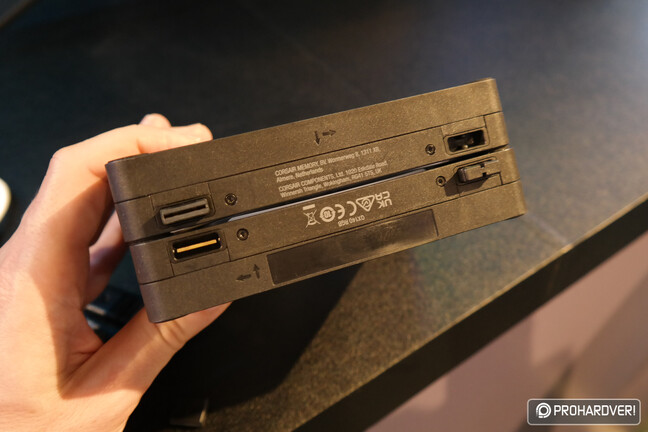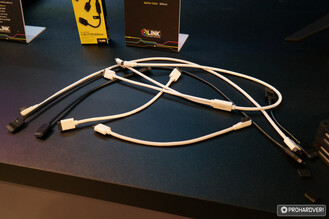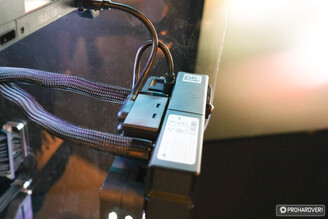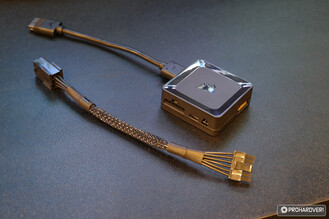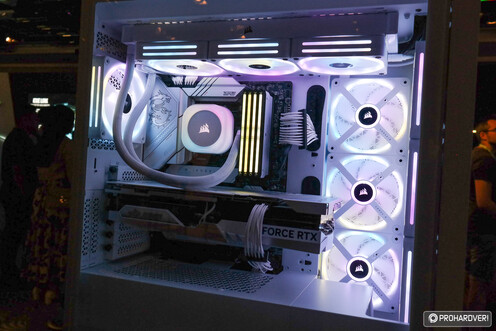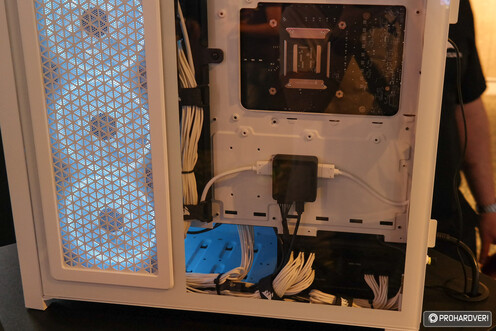iCue Link cuts order in the cable jungle and brings communication between components to a common bus.
Corsair’s biggest announcement this year will be the iCue Link, which is practically a self-developed communication bus between various components manufactured by the company. It also uses a unique cable, which provides data transmission and power with 7 pairs of wires. Basically, it is a network with a tree topology, so the cabling connecting the iCue Link compatible elements can be hidden quite well in the house, and expansion is not difficult either. In the case of the fans, you don’t even need cables, they have the necessary male/female connectors on their sides, the physical design of which (or the orientation of the magnets ensuring the fixing) prevents incorrect assembly.
The brain of the iCue Link is a controller, which can be purchased separately, but it will also be an accessory for the new compact water coolers, since they will not be able to be used without it. When we assemble the system, the controller immediately detects the devices connected to the Link, it is not necessary to configure it separately, the whole thing is a completely Plug&Play system.
It is important, however, that the new components are also “smart”, so, for example, the controller does not set the speed of the fan directly, but only sends the instruction to do so. The communication is completely two-way, so the fan also sends the data of the built-in thermometer to the controller, which can then react to this (and we can also check the temperature of the incoming air).
What is also nice about the system is that it simplifies the cabling quite a bit: we only have to connect the controller to the motherboard USB and a PCIe 6+2 pin power connector (since it can deliver more than 160 watts, a plain SATA connector would not be enough for it). With the new water coolers, there is actually no visible cable: the controller goes behind the motherboard and is connected to the hub on the radiator with a single iCue Link cable, from which the fans only need a very short jumper, and the signals to the pump are hidden next to the pipe .
Source: prohardver.hu


